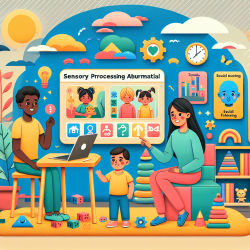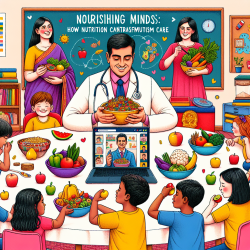Understanding Pain: Beyond Sensory and Emotional Dimensions
Pain is a universal experience, yet defining it adequately has been a challenge for researchers and clinicians alike. The recent review article by Craig and MacKenzie (2021) titled "What is pain: Are cognitive and social features core components?" explores the limitations of the current definition of pain, which predominantly focuses on sensory and emotional components. This narrow focus overlooks the significant roles that cognitive and social factors play in the pain experience.
The Biopsychosocial Model: A Comprehensive Approach
The article argues for a multidimensional model of pain that includes cognitive and social aspects, aligning with the biopsychosocial model. This model recognizes that pain is not just a physical sensation but is also influenced by psychological and social factors. Understanding these dimensions can lead to more effective pain management strategies, particularly in pediatric populations.
Cognitive and Social Factors: Why They Matter
Cognitive factors include the way individuals perceive and interpret pain, which can significantly affect their experience and response to it. For example, a child's belief about the cause of their pain can influence their emotional response and coping strategies.
Social factors involve the impact of relationships and social contexts on pain perception. Children, in particular, are sensitive to social cues, and their pain experiences can be influenced by parental reactions, peer interactions, and cultural norms.
Implications for Practitioners
For practitioners, especially those working in pediatric settings, incorporating cognitive and social dimensions into pain assessment and management is crucial. Here are some strategies to consider:
- Holistic Assessment: Include questions about a child's thoughts and feelings regarding their pain, as well as their social environment.
- Interdisciplinary Care: Collaborate with psychologists, social workers, and educators to address the multifaceted nature of pain.
- Parental Involvement: Educate parents about the impact of their responses on their child's pain experience and encourage supportive behaviors.
- Cognitive Behavioral Therapy (CBT): Utilize CBT techniques to help children reframe negative thoughts and develop coping strategies.
Encouraging Further Research
The review by Craig and MacKenzie highlights the need for continued research into the cognitive and social dimensions of pain. Practitioners are encouraged to stay informed about the latest findings and consider how these insights can be applied in clinical practice.
To read the original research paper, please follow this link: What is pain: Are cognitive and social features core components?










